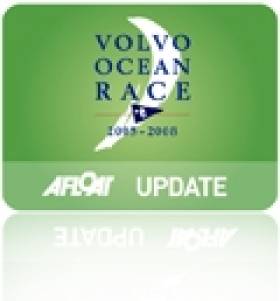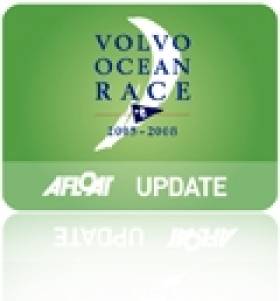Displaying items by tag: Farr Yacht Design
VOR 65 On The 'Leading Edge' Of Racing Yacht Design
#VOR - Seahorse Magazine takes an in-depth look at Farr Yacht Design's work on the appendages for the new one design VOR 65 that will compete in the next edition of the Volvo Ocean Race next year.
Farr designer Alon Finkelstein goes step-by-step through the different key elements that attach to the hull, from the keel to the bulb, daggerboard and rudder - the parts that can make or break a racing yacht.
"The design brief... required the appendage package to be significantly less costly than that of a Volvo Open 70, with equivalent or higher safety factors... and a similar performance envelope," he writes.
But boat designers constantly strive to achieve more for less, and as Finkelstein explains, the design of the VOR 65 is no different.
Seahorse Magazine has much more on the story HERE.
VOR 65 Designers Promise 'Very Forward Thinking' Boat
#VOLVO OCEAN RACE - Fans of the Volvo Ocean Race should expect a "very forward thinking" design for the new 65-foot one-design planned for the next two editions of the round-the-world challenge.
"The overwhelming impression will be of a top-level grand prix racing boat," says Patrick Shaughnessy, president of Farr Yacht Design - the company responsible for the new design.
"When you come down the dock you're gonna see a boat that's really cool," he adds. "The stem shape has been styled to be emotional, forward looking and be relevant for years to come so it's a boat that's exciting and modern and it's gonna be iconic."
As previously reported on Afloat.ie, the new design will also be lighter and safer, putting less on an emphasis on physical strength, and paving the way for women's teams to be competitive in the race once again.
The €4.5-million VOR 65 is currently being designed at Farr's facility in Annapolis, Maryland in the USA. The company's progress has been recorded in a series of videos posted on YouTube.
Sail World has more on the story HERE.






























































